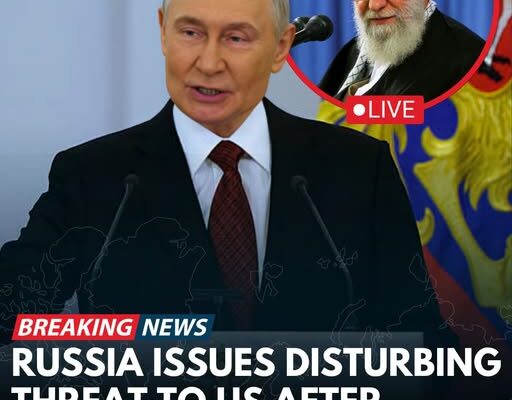Before President Donald Trump confirmed the “very successful” U.S. bombing runs on Fordow, Natanz, and Esfahan, the international community was watching a tense standoff unfold. At the heart of this was a stark and ultimately unheeded warning from the Kremlin. Kremlin spokesperson Dmitry Peskov had issued a severe threat to Washington, stating unequivocally that any U.S. military action against Iran would be “catastrophic.” He stressed that such a move would lead to severe, uncontrollable destabilization across the entire region, a warning that now appears chillingly prescient.
This Russian intervention came as the White House was publicly telegraphing its preparations for war. President Trump, while holding back the final order, had confirmed that military planners at the Pentagon had presented and received his approval for strike options. The administration had significantly bolstered the U.S. military footprint in the region, moving carrier strike groups and bomber task forces into striking distance, a clear signal of intent to Tehran.
The entire situation was playing out against the backdrop of an already raging shadow war that had burst into the open. Israel, determined to prevent a nuclear-armed Iran, had intensified its campaign of airstrikes against Iranian nuclear and military infrastructure. In a dramatic escalation, Iran had begun retaliating directly, launching missile barrages against major Israeli cities, causing civilian casualties and bringing the two regional arch-enemies to the brink of all-out war.
Caught in this escalating spiral, President Trump had set a clear, two-week deadline. He indicated that his decision to authorize direct U.S. military action hinged entirely on the outcome of last-ditch diplomatic efforts. The American position was absolute and left little room for negotiation: any potential agreement required Iran to completely halt all uranium enrichment activities and agree to the verifiable dismantling of its nuclear weapons program.
Sources suggest that these diplomatic channels remained active but were fraught with tension. Iran, while feeling the pressure from Israeli strikes, was reportedly unwilling to capitulate to what it viewed as an ultimatum to surrender its sovereign rights. The American demands, coupled with the immense pressure of ongoing Israeli attacks, created an environment where a diplomatic breakthrough was seen by many observers as nearly impossible.
Ultimately, the diplomatic efforts failed. President Trump’s two-week timeline expired, and with Iran’s refusal to meet the stringent U.S. conditions, the approved military plans were set in motion. The choice was made to intervene directly, shifting the conflict from a regional proxy war into a direct confrontation between the United States and Iran.
Today, as the world watches for Tehran’s response to the American strikes, Dmitry Peskov’s warning of a “catastrophic” outcome hangs heavy in the air. The critical weeks of ultimatums and warnings have passed, the diplomatic off-ramps have been missed, and the region now finds itself in the midst of the very conflict the Kremlin had cautioned against.
